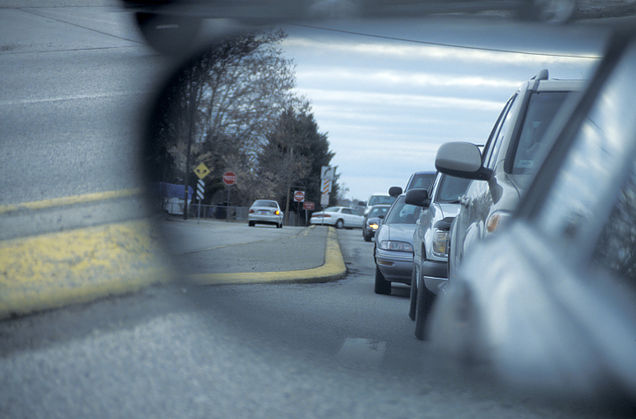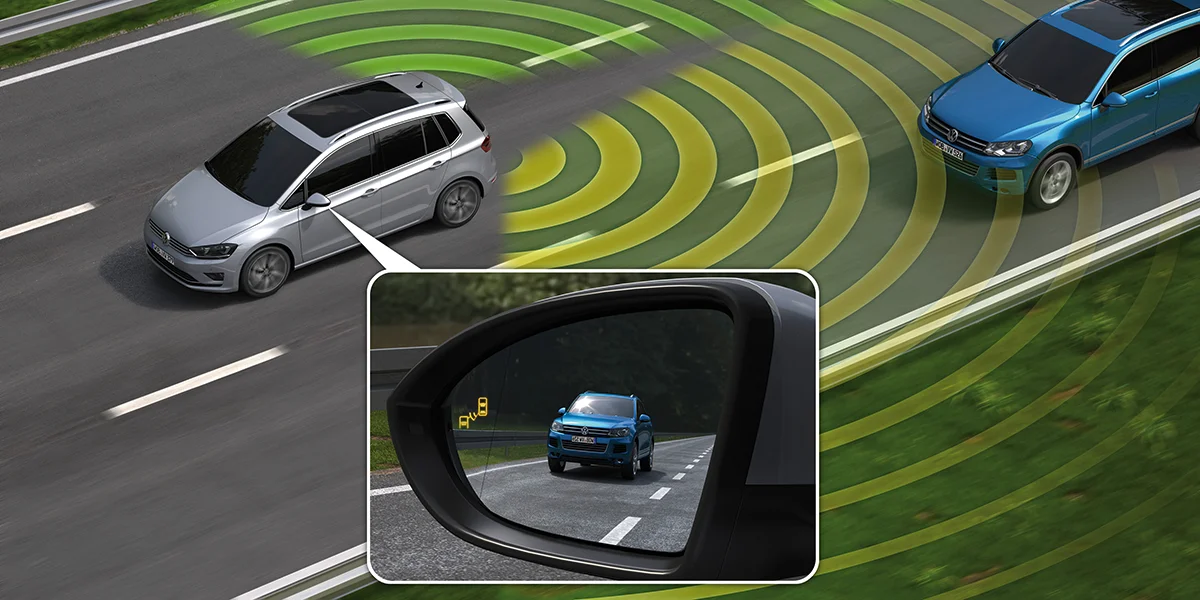Investments
Blind Spot Awareness

Introduction
Understanding the limitations of one’s view is key to safe driving. Recognizing that every vehicle has areas that remain hidden reinforces the need for additional caution. This article explains the significance of blind spots and offers strategies to mitigate their risks. Awareness of these hidden zones empowers drivers to act more safely on the road.
Understanding Angles
Blind spots result from the natural limits of a driver’s field of vision. Recognizing the angles that escape the mirrors is the first step in addressing potential hazards. Awareness of these areas encourages drivers to adopt supplementary checks during maneuvers. A clear understanding of how sightlines are affected by vehicle design forms the basis for safer driving habits.
Mirror Adjustments
Properly adjusting mirrors helps minimize, though not entirely eliminate, blind spots. A thoughtful approach to positioning mirrors ensures a broader view of adjacent lanes. Though these adjustments cannot cover every angle, they provide a useful perspective for routine maneuvers. Regular mirror checks contribute to maintaining an effective awareness of one’s surroundings.
Head Movement
Supplementing mirror checks with brief head turns enhances overall visibility. Moving the head slightly before lane changes allows for a direct view of areas that mirrors may miss. This simple practice reinforces a proactive approach to monitoring the entire field around the vehicle. Combining physical checks with mirror observations creates a more complete safety net.
Surrounding Awareness
Staying mindful of other vehicles and road conditions further reduces the risks posed by blind spots. Observing the behavior of nearby drivers and anticipating their moves supports a safer environment. This broader awareness extends beyond fixed visual aids and relies on a driver’s alertness. An attentive stance contributes to more secure interactions with traffic.
Road Positioning
Maintaining a proper position on the road can reduce the chance of encountering vehicles hidden in blind spots. Staying centered in the lane and avoiding unnecessary swerves promotes a predictable trajectory. Such positioning enables other drivers to better understand one’s movements. The collective effort to maintain clear lanes results in safer navigation for everyone.
Traffic Interaction
Recognizing that other drivers also have blind spots fosters mutual caution. When each party assumes responsibility, the entire driving environment becomes more predictable. This mutual understanding leads to courteous behavior on the road. A shared commitment to safety reinforces the notion that each driver plays a role in reducing potential risks.

Vehicle Limitations
Every vehicle has design features that naturally create hidden zones. Accepting these limitations means compensating with extra vigilance. Instead of relying solely on equipment, a driver should embrace the habit of looking over the shoulder when necessary. Recognizing the vehicle’s constraints is a step toward developing better overall driving practices.
Precautionary Measures
Implementing small, consistent precautions can make a large difference in preventing accidents. From slight mirror readjustments to routine shoulder checks, every action helps cover the unseen areas. This attention to detail serves as an extra layer of protection. Taking measured steps reinforces the habit of always checking blind spots before making critical moves.
Consistent Checks
Regularly verifying surroundings before any lane change or turn is an essential habit. Consistency in these checks transforms a simple act into a reliable safety routine. Over time, these small actions become second nature, supporting a proactive stance on the road. Routine vigilance serves as the foundation for preventing accidents related to hidden zones.
Concluding Safety
Understanding and addressing blind spots is integral to maintaining road safety. By combining proper mirror use, deliberate head movements, and a heightened sense of awareness, drivers can mitigate many risks. Embracing these strategies not only protects the driver but also contributes to a safer driving environment for everyone. A mindful approach to blind spot awareness fosters confidence and reduces uncertainty.










